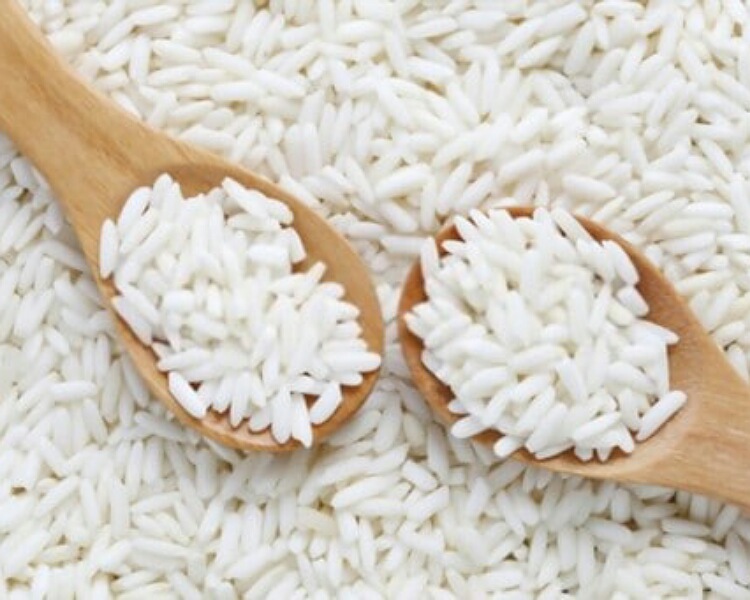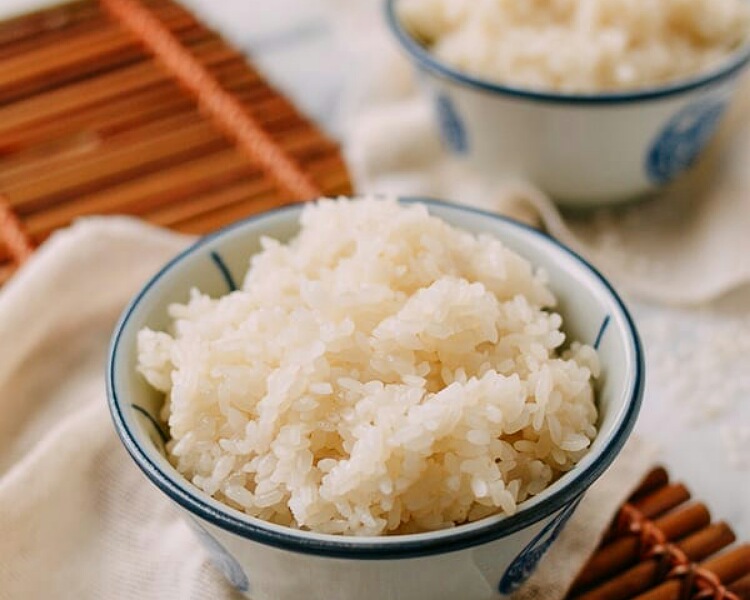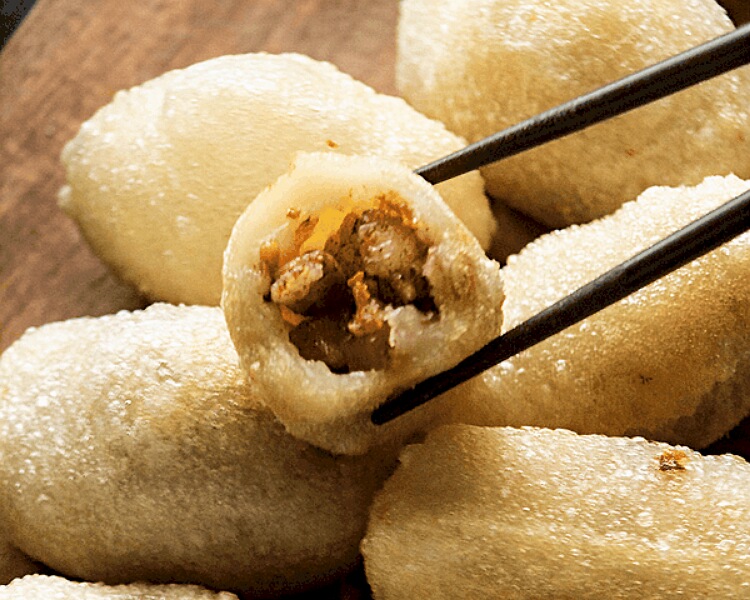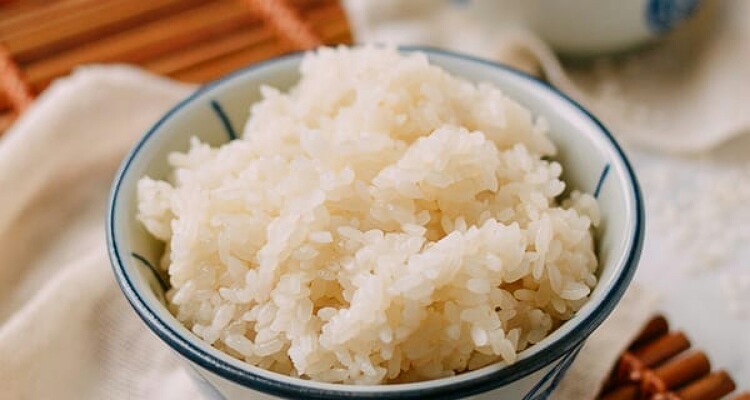South East Asian people consume a lot of glutinous rice or sticky rice in various forms. It is the staple grain in these countries.
It has gained popularity also in other countries of the world including the USA. But is it healthy? What all dishes can be made from it?
Glutinous rice
Glutinous rice or sticky rice is a variety of rice that is found in the South East Asian nations such as Malaysia, Vietnam, China, etc.
It is the staple cereal grain of the people there and they consume it in large quantities. The rice forms part of a variety of different food dishes there. The grains of this rice has an opaque look. When cooked, they turn sticky and hence the name.
Due to this stickiness of the cooked rice, it is commonly used in making sushi rice and such food dishes that are traditionally eaten with chopsticks. The term glutinous is also because of the glue-like consistency it acquires in cooking. The rice does not contain any gluten as is commonly believed due to the name.

The sticky nature of this rice is due to the high amylopectin and low amylose in it Amylopectin gives it a sticky consistency on heating.
Nutritive value
Every 100 grams of cooked rice has 97 calories and 2.02 grams of protein. Carbs are 21.09 grams and sugars are just 0.05 grams. The fat content is also low at 0.19 grams. The dietary fiber in this is 1 gram. Sodium is 5 and potassium is 10 mg.
It has some calcium, iron, magnesium, phosphorus, manganese, zinc, selenium, and copper. Additionally, it has riboflavin, niacin, and thiamine as well. Cholesterol is zero and fiber though the present is less than that found in brown rice.

Therefore, this rice has negligible fat and sugars. It has carbs and some proteins and B complex vitamins. There is no vitamin C or D.
Health benefits
Sticky rice does have health value. It can reduce the risk of diabetes and assist in the smooth control of blood sugar in patients with diabetes. Studies published in the Asia Pacific Journal of Clinical Nutrition have also confirmed this.
This rice has selenium and other minerals and vitamins that have antioxidant properties. When consumed, they prevent cellular damage in the cells of the body and can keep chronic diseases at bay or reduce their severity.

Moreover, the zinc, copper, and B complex of vitamins present in sticky rice can boost the immune system and bring down body inflammation. This is good to keep arteries and heart healthy.
Joint inflammation might also reduce due to it. Due to the rich nutrients in sticky rice, it can reduce the risk of osteoporosis. It makes the bones strong and healthy. This rice has no fat or cholesterol.
There it is good for the heart and blood vessels of the body. It keeps blood pressure under control and is also beneficial for those who want to lose weight.
Read more: 3 plus points of white rice for health!
The B vitamins in it help in energy production and metabolism. One can cook this rice like white rice to eat with vegetables and curries. One can also modify it into delicious desserts or make dumplings of it.
